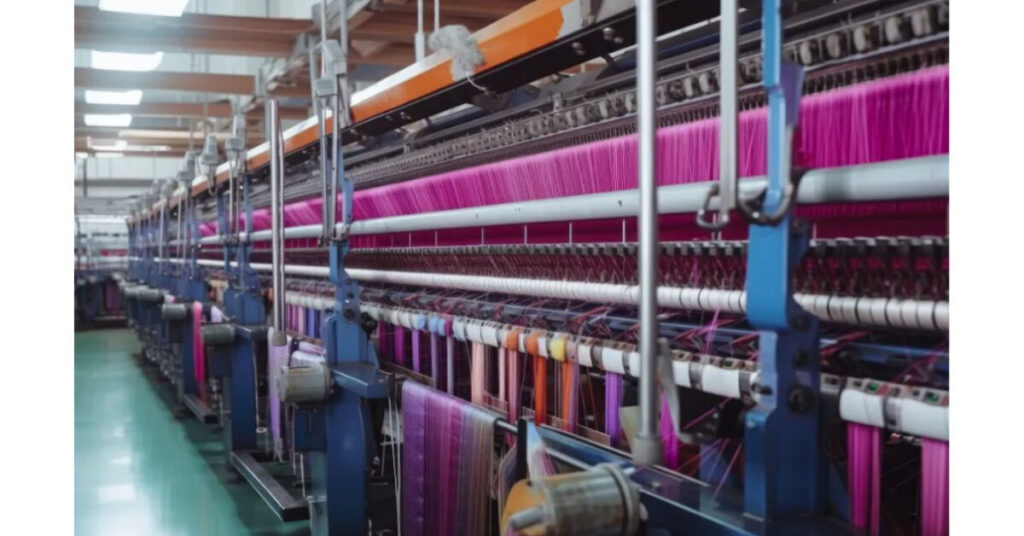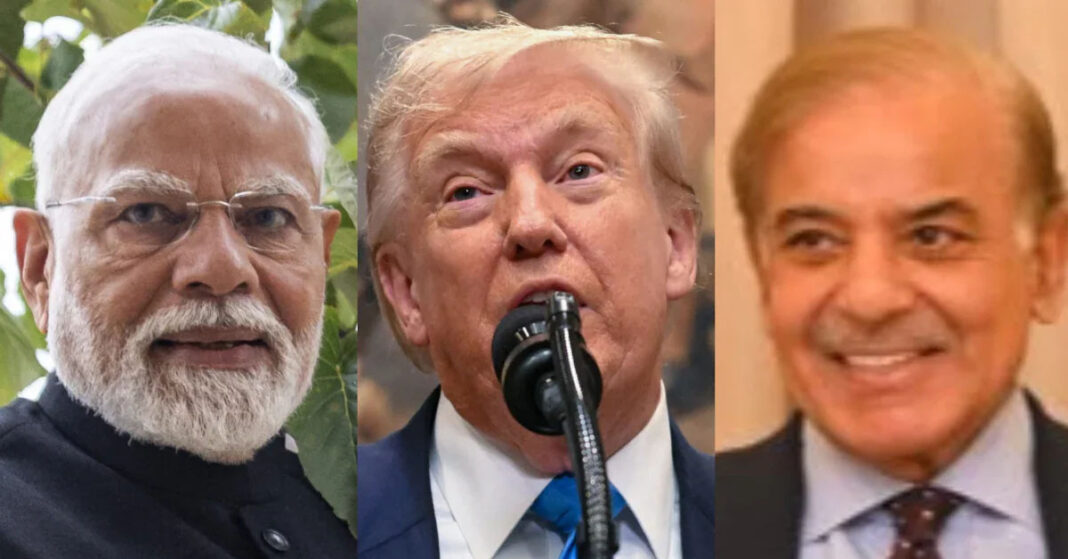Table of Contents
Trump Reduces Tariff on Pakistan to Record Low 19%
In a significant shift in U.S. trade policy, President Donald Trump has announced that Pakistan will face only a 19% tariff on its exports to the United States — the lowest tariff imposed on any South Asian country. This announcement comes just a day after a major oil and trade agreement between the two nations was unveiled.
The decision reflects a dramatic change in Trump’s earlier stance. Back in April, the administration had proposed a 29% tariff on Pakistani imports and 26% on Indian goods. Now, the revised order not only cuts Pakistan’s tariff to 19% but also reduces India’s to 25%, though still keeping it notably higher than Pakistan’s.
This marks the second major relief Trump has extended to Pakistan in as many days — a clear indication of warming ties between Washington and Islamabad.
Oil and Trade Deal Signals Strengthening U.S.-Pakistan Relations
On Wednesday, Trump announced the finalization of a U.S.-Pakistan oil exploration and processing partnership. Under this deal, American firms will assist Pakistan in exploring, processing, and storing crude oil. Trump even went a step further, suggesting that “one day, Pakistan may even export oil to India.”
The agreement is seen as a game-changer for Pakistan’s energy sector, potentially reducing the country’s reliance on imports and stabilizing its economy. It also signifies deeper economic integration between the two nations, raising eyebrows in New Delhi.
Geostrategic Location Makes Pakistan a Key Ally for Washington
According to a Reuters report, Pakistan’s geographical positioning plays a vital role in this renewed engagement. The country shares borders with both Afghanistan and Iran — two nations central to U.S. foreign policy interests.
Even after withdrawing troops from Afghanistan, the U.S. seeks to maintain intelligence and logistical reach in the region. Pakistan’s proximity to key conflict zones makes it a valuable strategic asset. Moreover, the China-Pakistan Economic Corridor (CPEC), a part of Beijing’s Belt and Road Initiative (BRI), runs through Pakistan — prompting the U.S. to assert influence to counter China’s growing presence.
Balancing Act: U.S. Sends Strategic Signal to India
Despite growing U.S.-India ties, several sticking points remain between the two democracies. These include India’s continued defense deals with Russia, its reluctance to open up agricultural and dairy markets to U.S. exporters, and disputes at the World Trade Organization (WTO).

Analysts suggest that Trump’s preferential treatment of Pakistan is a calculated message to New Delhi: the U.S. has alternatives if India continues to challenge American trade and strategic interests. The move puts diplomatic pressure on India to re-evaluate its positions on key bilateral issues.
Low Tariffs Could Boost Pakistan’s Textile Industry
One of the biggest beneficiaries of the tariff cut is Pakistan’s textile sector, which accounts for nearly 60% of the country’s total exports. In 2024 alone, Pakistan exported $5.47 billion worth of goods to the U.S., of which $2.98 billion came from the textile industry.
In contrast, Indian and Bangladeshi textiles are now subject to 25% and 20% tariffs respectively, giving Pakistan a competitive edge. With lower duties, Pakistani textile manufacturers are expected to receive a surge in orders, boosting the nation’s export-driven economy.

Experts also believe this economic uptick could lead to broader collaboration in energy, technology, and emerging sectors like cryptocurrency and digital services.
Digital Tax Reversal Earns Islamabad a U.S. Trade Reward
In a related development, Pakistan recently rolled back a controversial 5% digital services tax that had been imposed on foreign digital companies, including American tech giants. The move followed strong objections from Washington.
According to Dawn, Pakistan’s reversal of the tax on July 1st was seen as a goodwill gesture. The U.S. reciprocated by easing tariff restrictions — a move experts view as a trade-off that benefits both nations.
Pakistan Backs Trump for Nobel Peace Prize Amid Growing Ties
Political diplomacy also appears to be playing a role. In June, Pakistan’s Deputy Prime Minister and Foreign Minister Ishaq Dar officially nominated President Trump for the Nobel Peace Prize. Prime Minister Shehbaz Sharif echoed the sentiment, calling Trump a “man of peace” and lauding his role in fostering a ceasefire between India and Pakistan.
Trump has openly embraced this praise, even proclaiming “I love Pakistan” in a recent speech — a stark contrast to his more combative rhetoric toward other nations.
India Faces Penalties Over Russia Trade
While Pakistan enjoys warmer relations, India is under pressure. The U.S. has announced it will impose penalties on India for continuing to purchase oil and defense equipment from Russia.
India’s Ministry of Commerce and Industry responded cautiously, stating it will “take all necessary steps to protect national interests” and assess the impact of any imposed sanctions.
These penalties could impact a wide range of Indian industries, including steel, aluminum, electronics, automobiles, textiles, and jewelry — further straining the bilateral economic relationship.
Conclusion: A New Phase in U.S.-Pakistan Relations
President Trump’s recent moves mark a new phase in U.S.-Pakistan relations, with clear economic, strategic, and political undertones. While the tariff cuts and oil deal offer Pakistan significant advantages, they also send a strong geopolitical signal to India and China.
As 2025 unfolds, South Asia appears to be entering a period of recalibrated alliances, with Washington putting its weight — and wallet — behind Islamabad.










